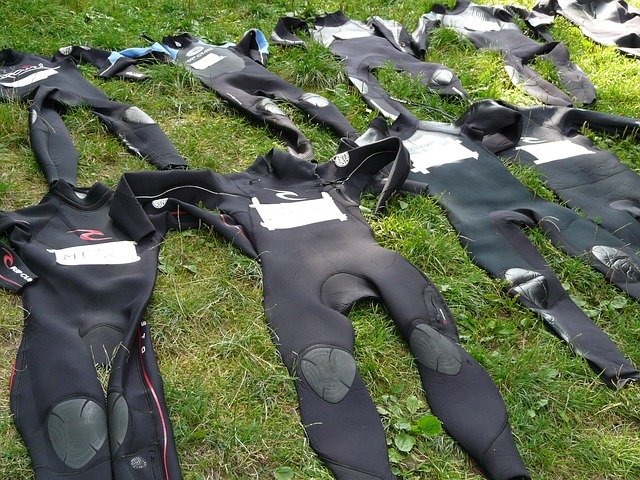Neoprene in construction
Contents |
[edit] Introduction
Neoprene is a synthetic rubber made from hydrochloric acid and acetylene, or from the polymerisation of chloroprene. It is also known as polychloroprene and pc-rubber. Developed by US-based DuPont in the 1930s, it was first sold under the trade name DuPrene, but its success was hampered by a powerful odour. This was rectified by the introduction of a revised, cheaper process which allowed sales to increase dramatically.
[edit] Properties
Neoprene is relatively inert and, compared to ordinary rubber, is more chemically stable. It shows greater resistance to ozone, UV degradation, light, heat, oxidation and petroleum and remains flexible over a wide range of temperatures. Its pliability and corrosion resistance make it suitable for use in hoses and as gaskets (for example, for sealing glazing and cladding units).
Neoprene itself tends to be waterproof, but neoprene products can allow the entry of water though seams or if they are cracked or damaged.
It is available in a number of forms including sheet, roll and strip, and in thicknesses typically from 0.1mm to 25mm.
[edit] Applications
In the home, neoprene can be found in products including remote controls, mouse pads and laptop sleeves.
It is used in construction for applications including; elastomeric membranes and flashings, noise isolation, electrical insulation, motor fan-belts and gaskets. Because it is more fire resistant than hydrocarbon-based rubbers, it can be used for fire doors and in personal protection equipment such as face masks and gloves.
Neoprene can be applied as a waterproofing layer on roofs in either sheet or liquid-applied elastomeric membranes. It can also provide the load-transferring contact surface between two components, such as a beam and the substructure, and can absorb vibration and prevent sound transmission. Neoprene pads are used for bearings in bridge construction where they can absorb horizontal movement in multiple directions.
Used as a foam strip, or foam tape, neoprene offers a solution to air and water leakage problems and is used widely for glazing applications.
[edit] Related articles on Designing Buildings Wiki
- Adhesives
- Acrylic.
- Carbon fibre
- Cavity wall insulation
- ETFE
- Glass for buildings
- Glass reinforced concrete
- Glass reinforced plastic GRP
- Graphene in civil engineering
- Grouting in civil engineering.
- Icynene spray foam insulation
- Mastic sealant
- Nylon
- Phenolic foam insulation
- Plastic
- Polyamide intermediates
- Polyethylene.
- Polystyrene
- Polyurethane spray foam in structurally insulated panels and composite structures
- Polyvinyl chloride PVC
- Recyclable construction materials
- Renewable chemicals
- Solid wall insulation
- Structural steelwork
- Sustainable materials
- Thermoplastic materials in buildings
- Transparent insulation
Featured articles and news
Gregor Harvie argues that AI is state-sanctioned theft of IP.
Many resources for visitors aswell as new features for members.
Using technology to empower communities
The Community data platform; capturing the DNA of a place and fostering participation, for better design.
Heat pump and wind turbine sound calculations for PDRs
MCS publish updated sound calculation standards for permitted development installations.
Homes England creates largest housing-led site in the North
Successful, 34 hectare land acquisition with the residential allocation now completed.
Scottish apprenticeship training proposals
General support although better accountability and transparency is sought.
The history of building regulations
A story of belated action in response to crisis.
Moisture, fire safety and emerging trends in living walls
How wet is your wall?
Current policy explained and newly published consultation by the UK and Welsh Governments.
British architecture 1919–39. Book review.
Conservation of listed prefabs in Moseley.
Energy industry calls for urgent reform.
Heritage staff wellbeing at work survey.
A five minute introduction.
50th Golden anniversary ECA Edmundson apprentice award
Showcasing the very best electrotechnical and engineering services for half a century.
Welsh government consults on HRBs and reg changes
Seeking feedback on a new regulatory regime and a broad range of issues.
CIOB Client Guide (2nd edition) March 2025
Free download covering statutory dutyholder roles under the Building Safety Act and much more.
























